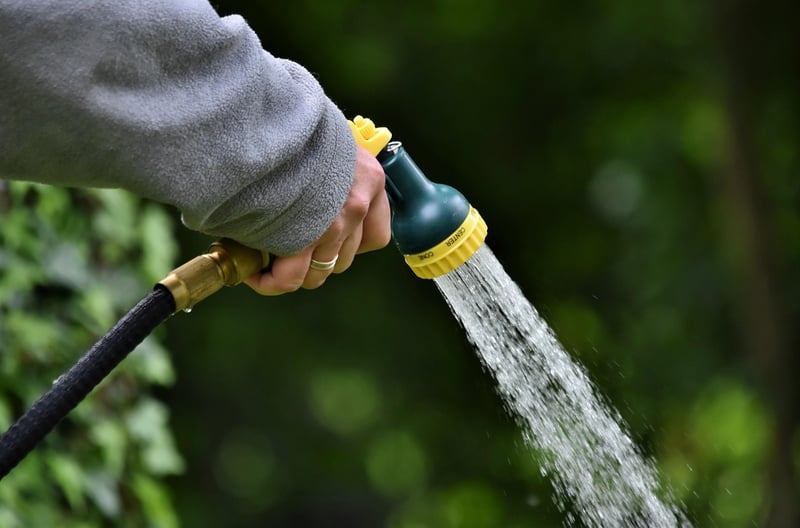Moisture Control
Efficient Watering Techniques for Vertical Gardens + Moisture Control
Introduction
Vertical gardens are a fantastic way to bring greenery into small spaces or create striking visual displays. However, maintaining proper moisture levels in a vertical garden can be a challenge due to the unique structure. In this article, we will explore efficient watering techniques for vertical gardens and discuss moisture control strategies to help your plants thrive.
1. Choose the Right Plants
Opt for plants that have low to moderate water requirements to reduce the frequency of watering. Succulents, herbs like thyme and rosemary, and ferns are excellent choices for vertical gardens.
2. Install a Drip Irrigation System
Consider setting up a drip irrigation system for your vertical garden. This will ensure that water is delivered directly to the roots of the plants, reducing waste from runoff and evaporation.
3. Use Moisture-Retentive Soil
Choose a high-quality potting mix that retains moisture well. This will help prevent water from draining too quickly through the vertical garden and provide a more stable environment for the plants.
4. Monitor Moisture Levels
Regularly check the moisture levels of your vertical garden by inserting your finger into the soil. If it feels dry, it's time to water. Avoid overwatering, as this can lead to root rot.
5. Mulch the Soil
Applying a layer of organic mulch on top of the soil can help retain moisture, regulate soil temperature, and reduce weed growth. Mulching is especially beneficial for vertical gardens exposed to direct sunlight.
6. Consider Self-Watering Systems
Invest in self-watering planters or pots that come with a built-in reservoir. These systems provide a consistent water supply to the plants, reducing the risk of under or overwatering.
Moisture Control Tips
- Avoid watering during the hottest part of the day to minimize evaporation.
- Group plants with similar water needs together to simplify watering routines.
- Inspect your vertical garden regularly for signs of underwatering or overwatering, such as wilting or yellowing leaves.
- Consider using a moisture meter to accurately gauge the moisture levels in the soil.
By implementing these efficient watering techniques and moisture control strategies, you can maintain a healthy and vibrant vertical garden that thrives in any space.

Image Source: Pixabay
